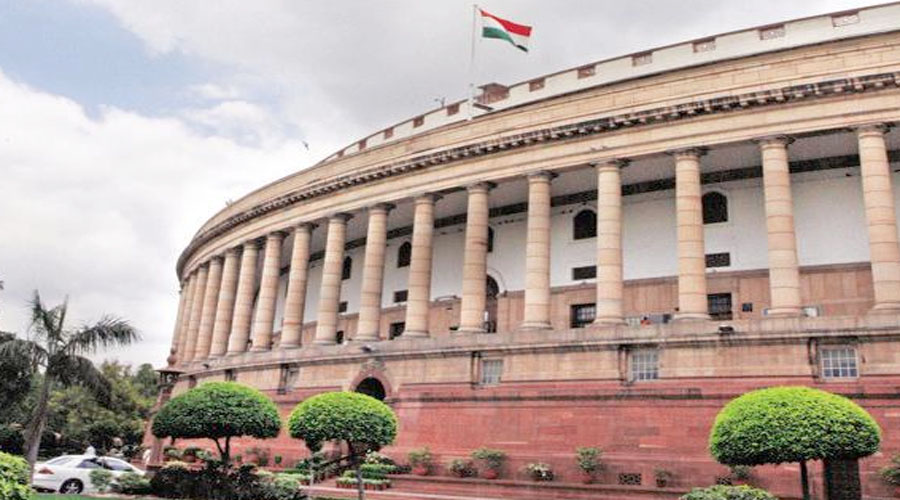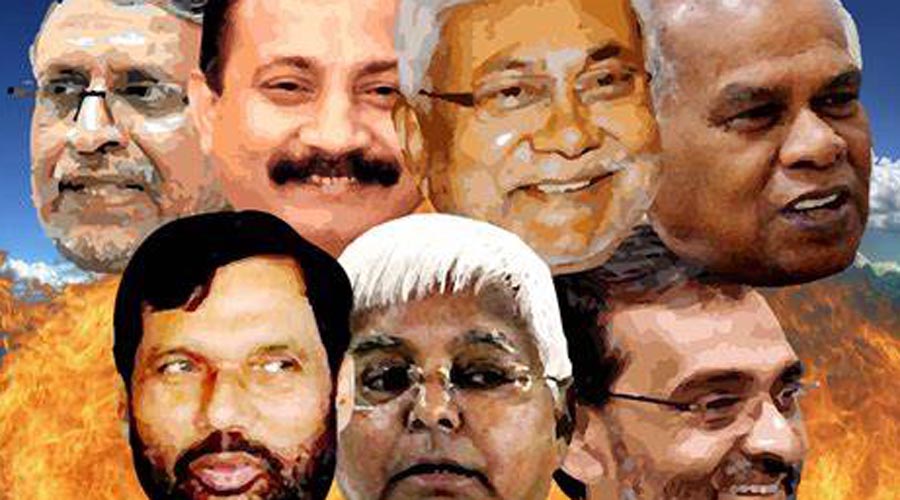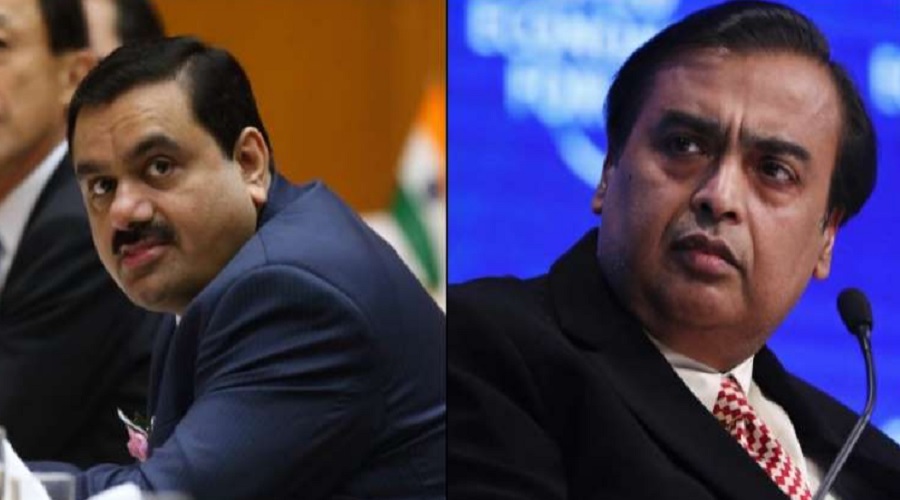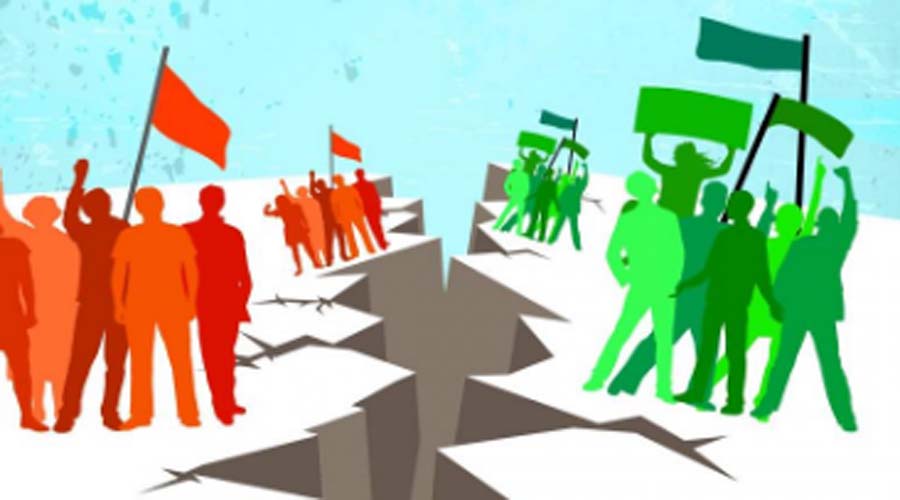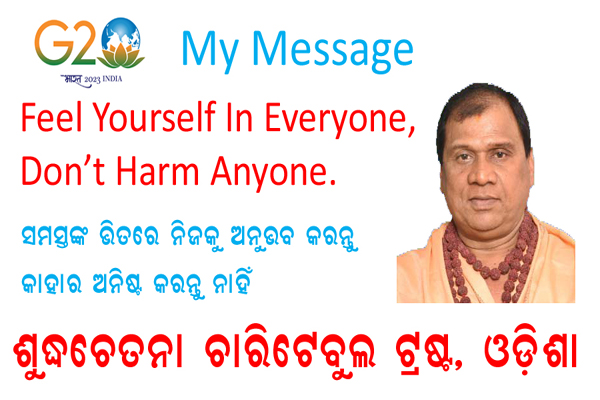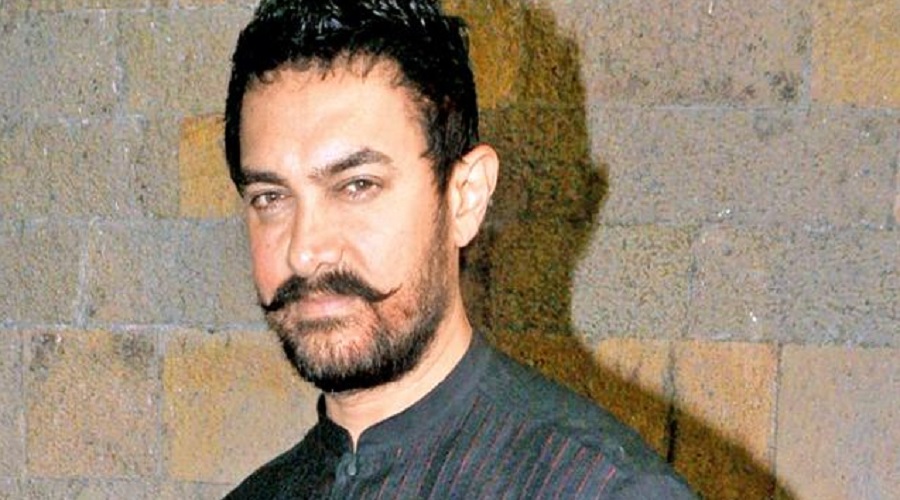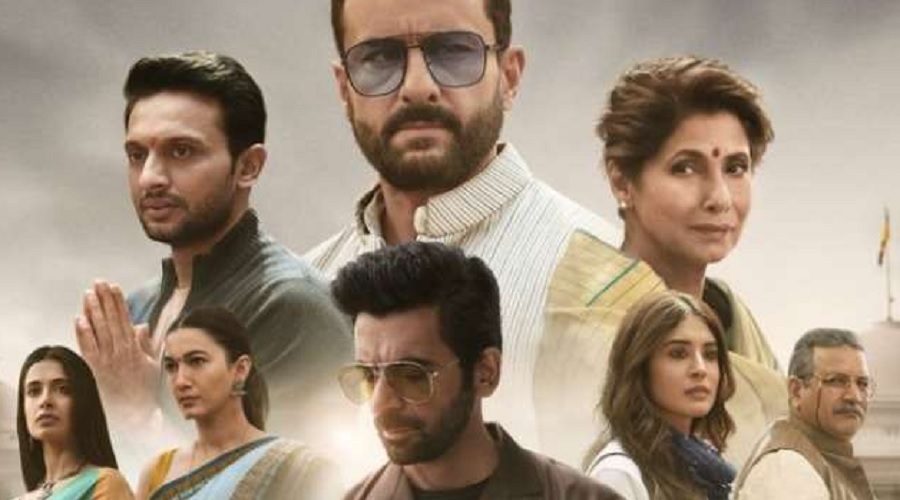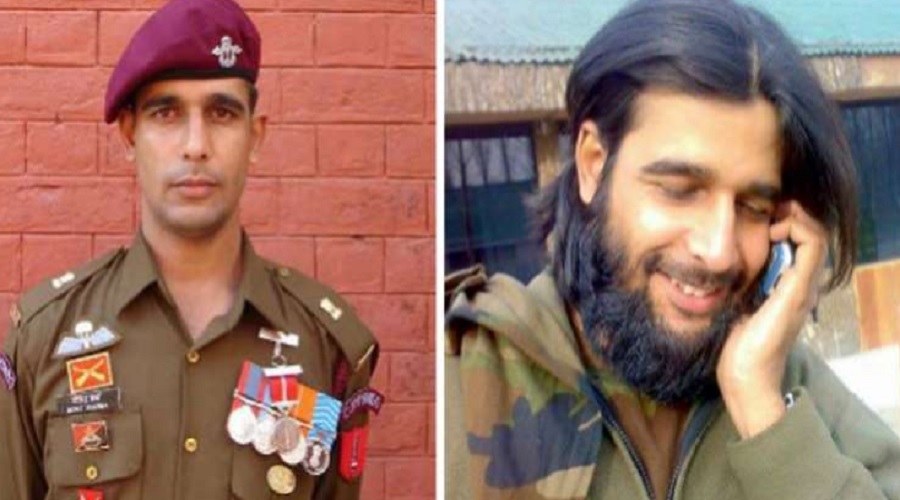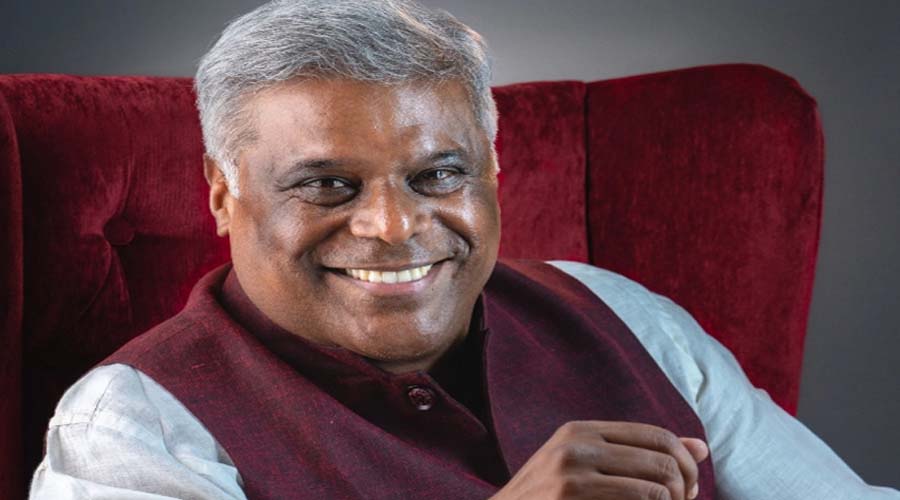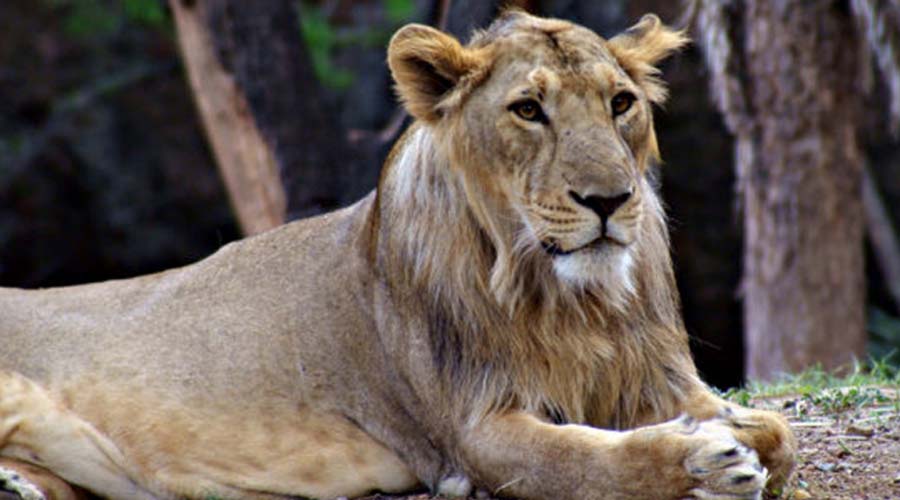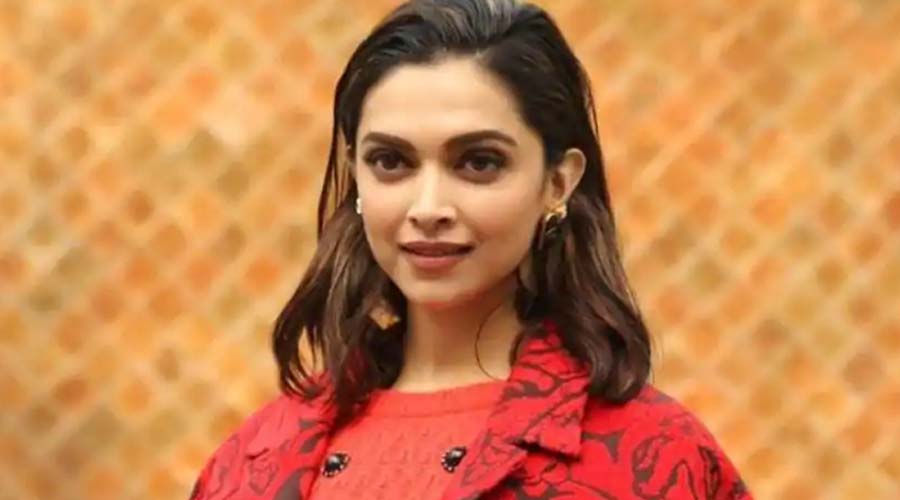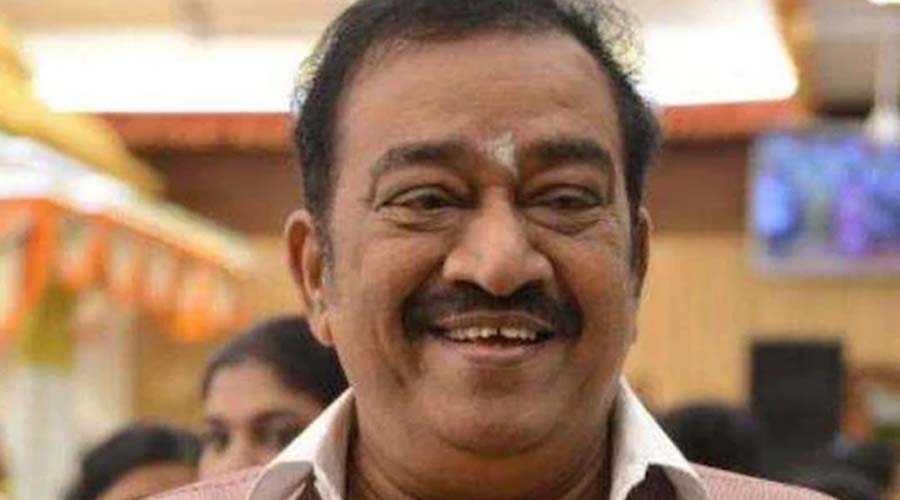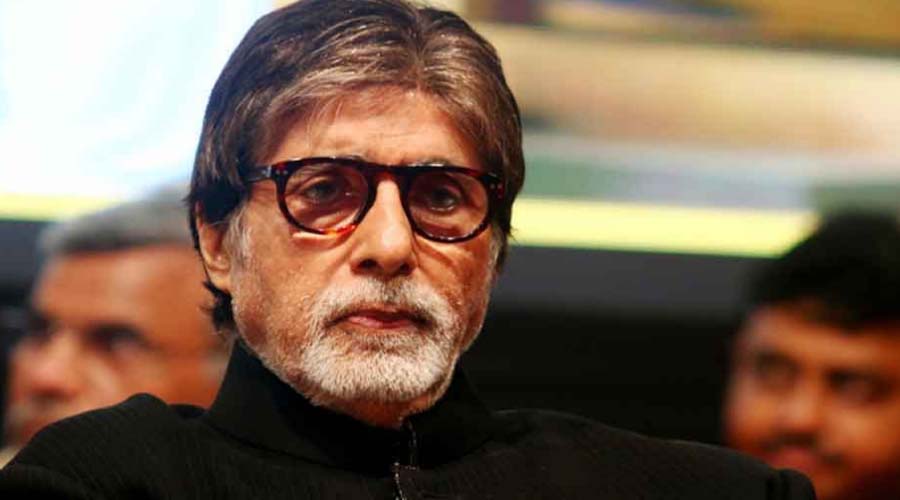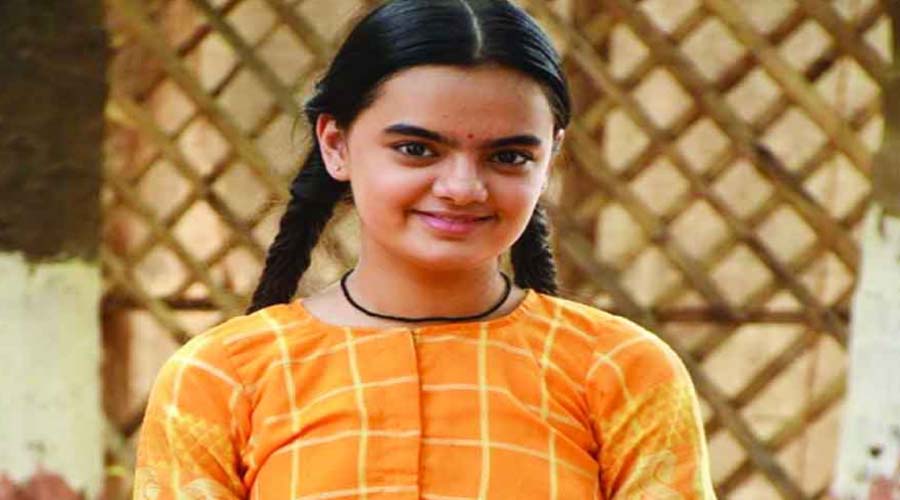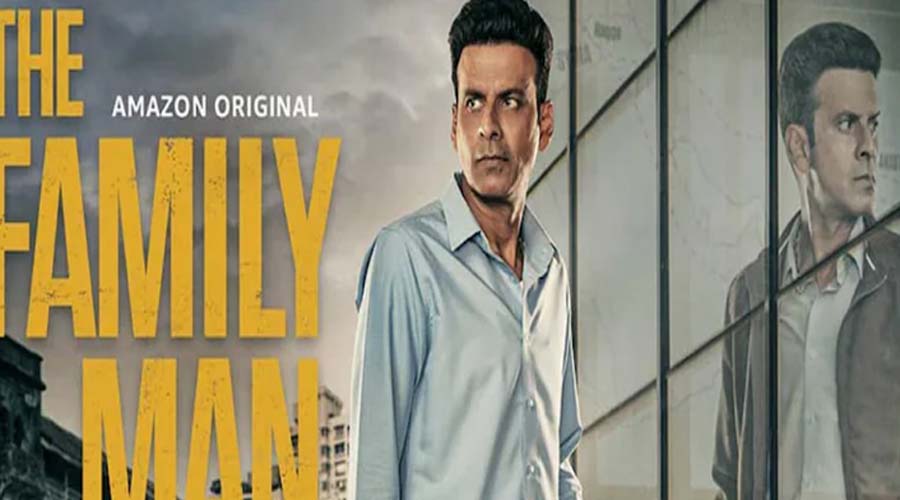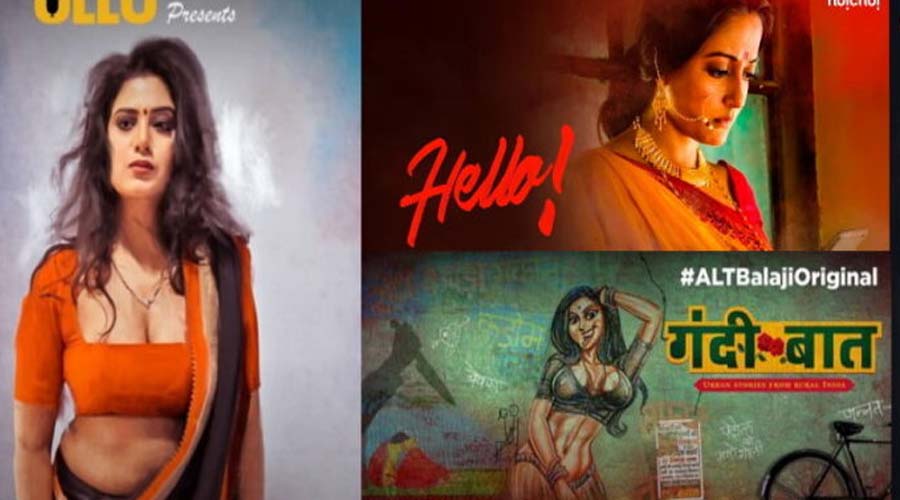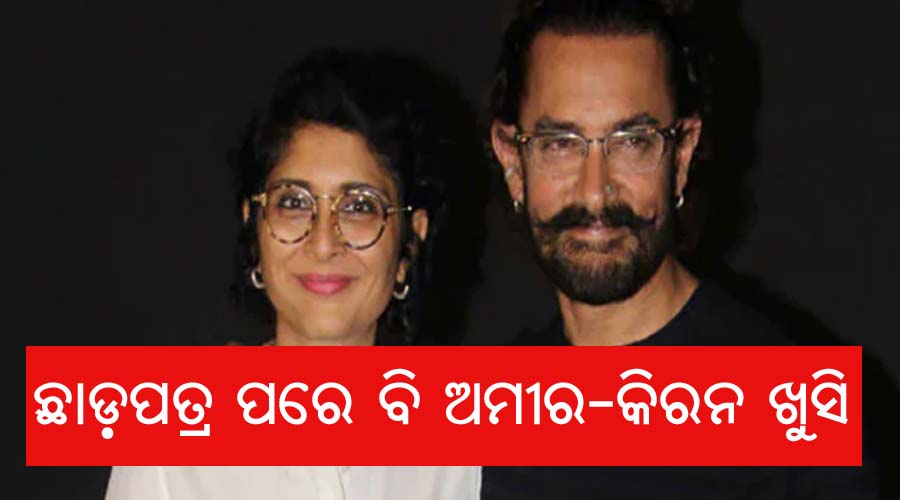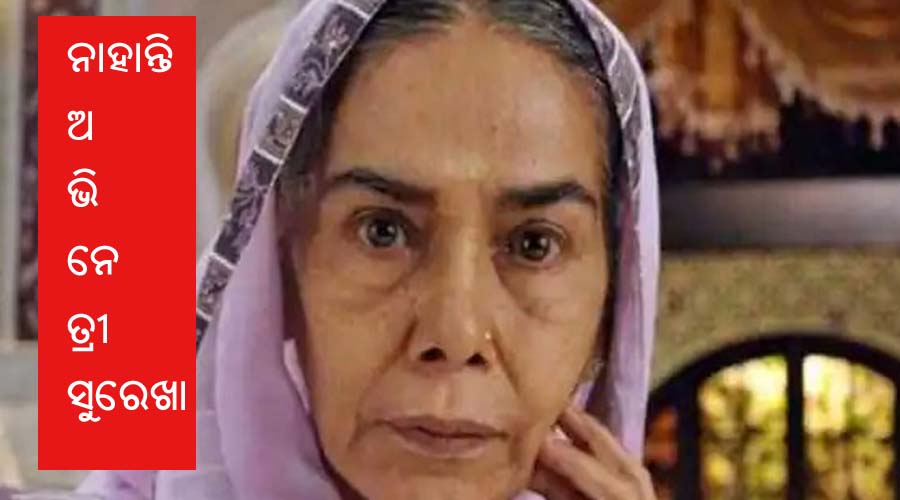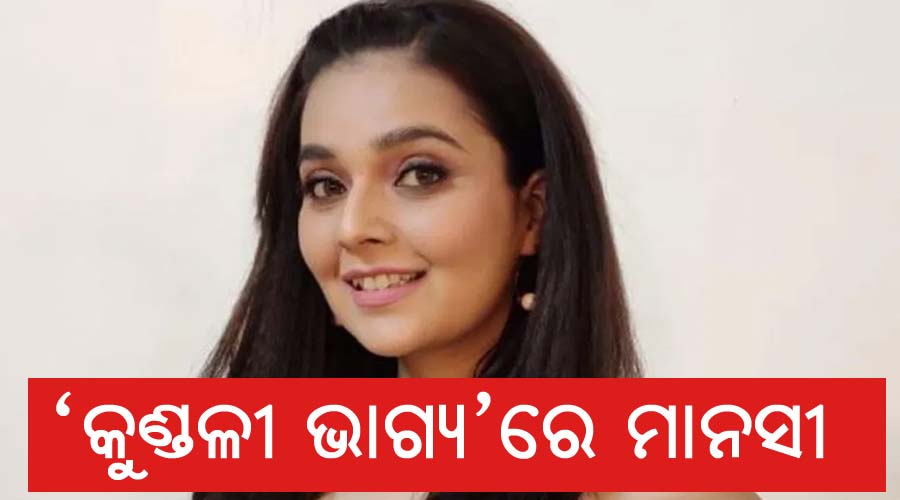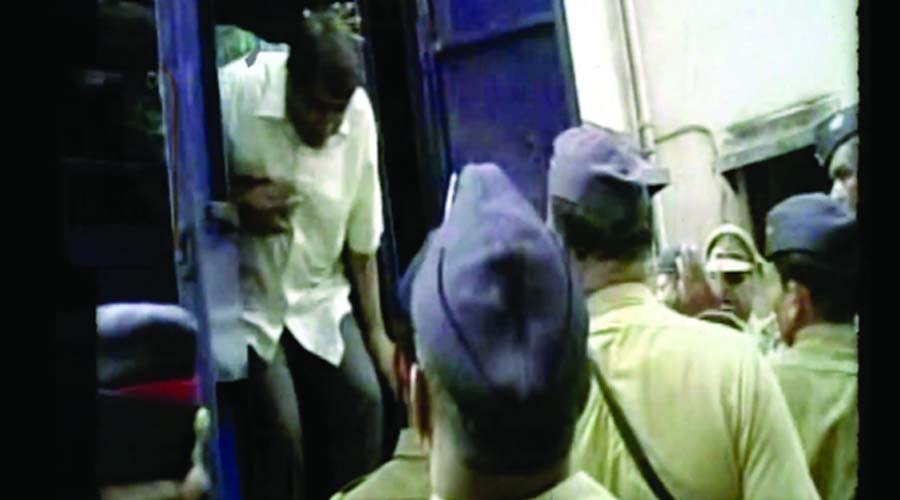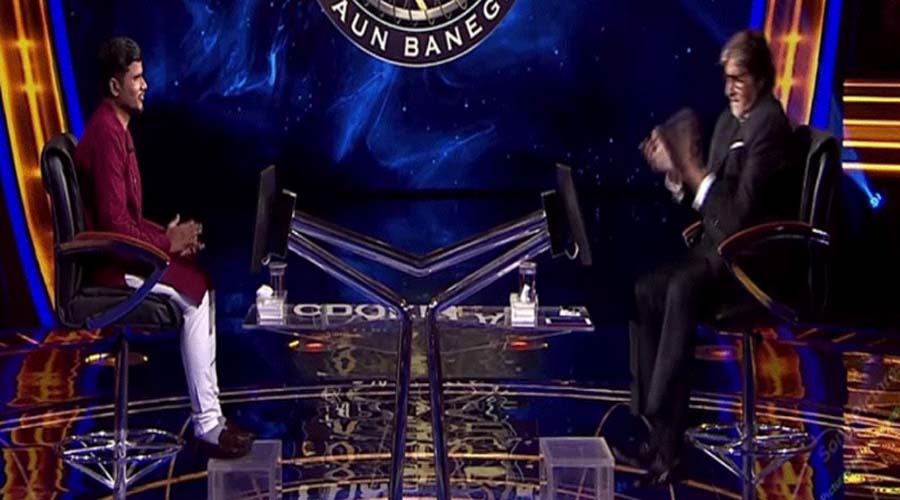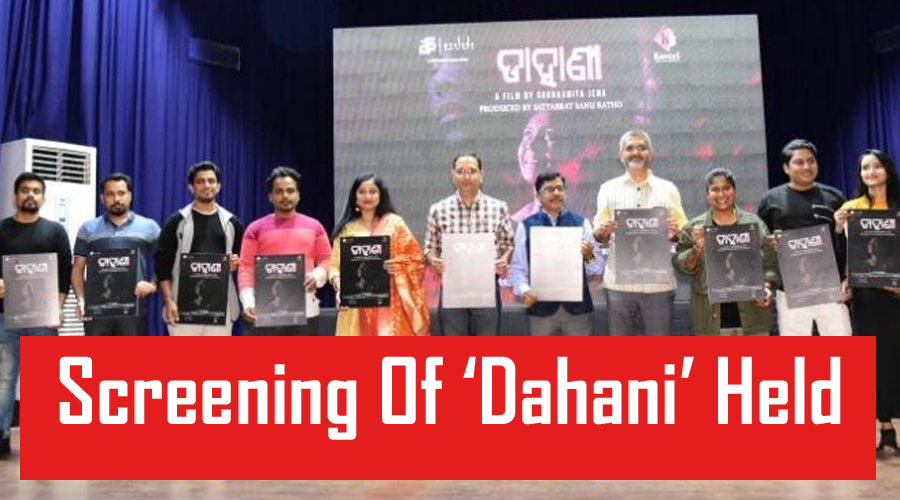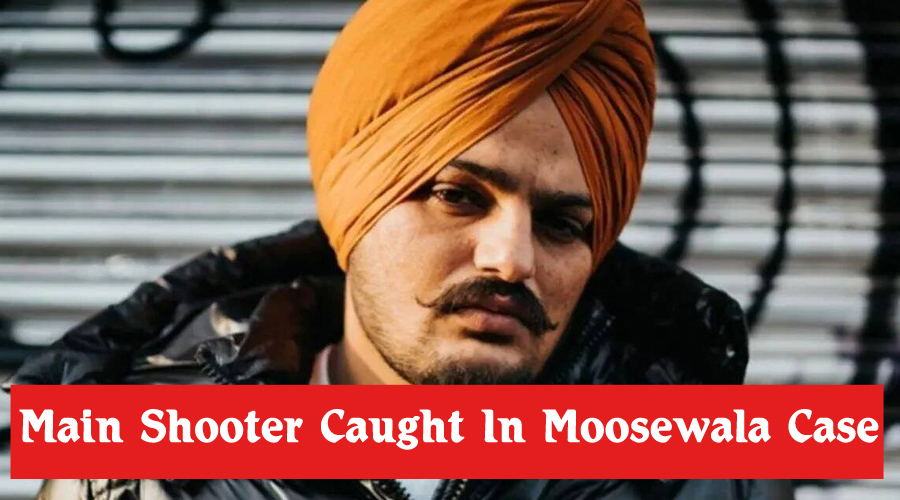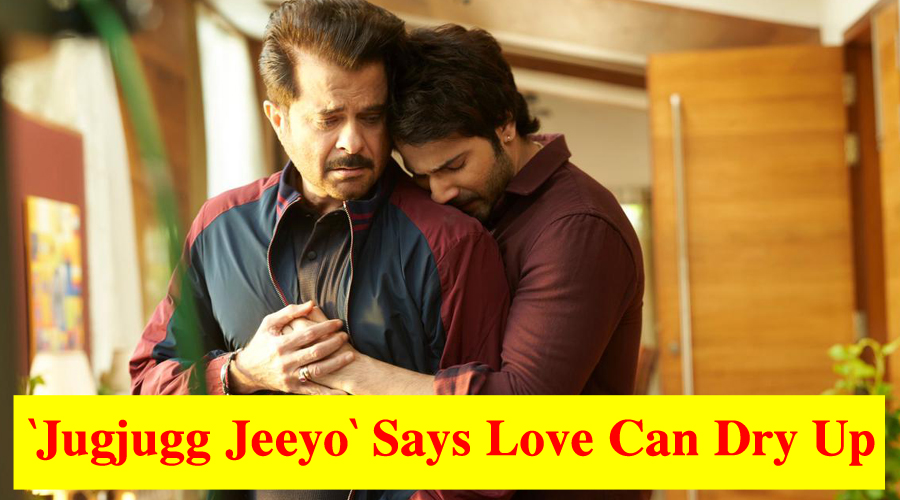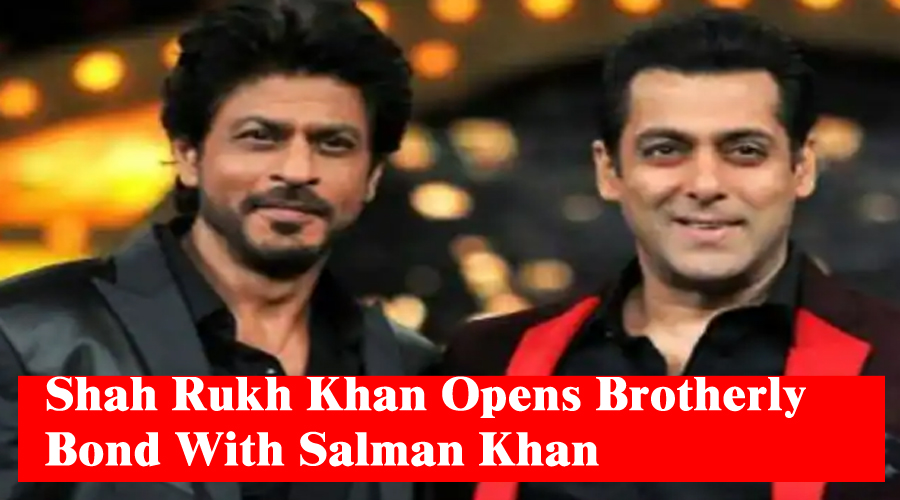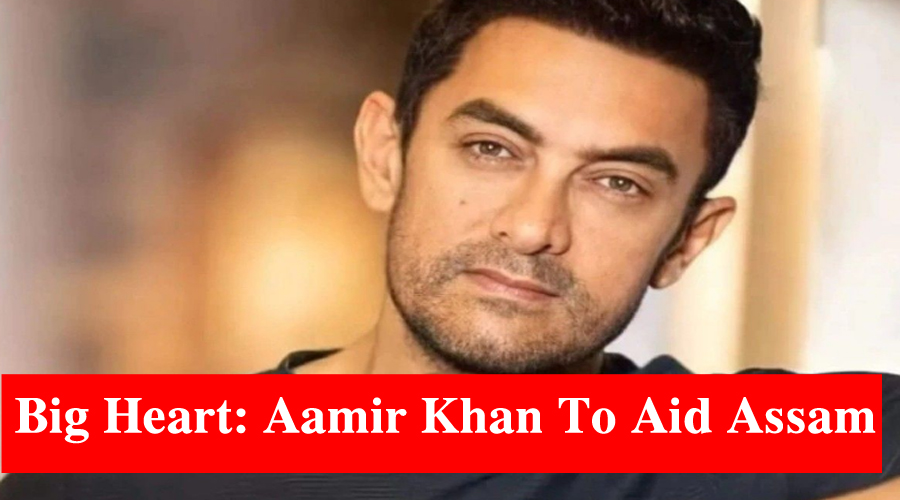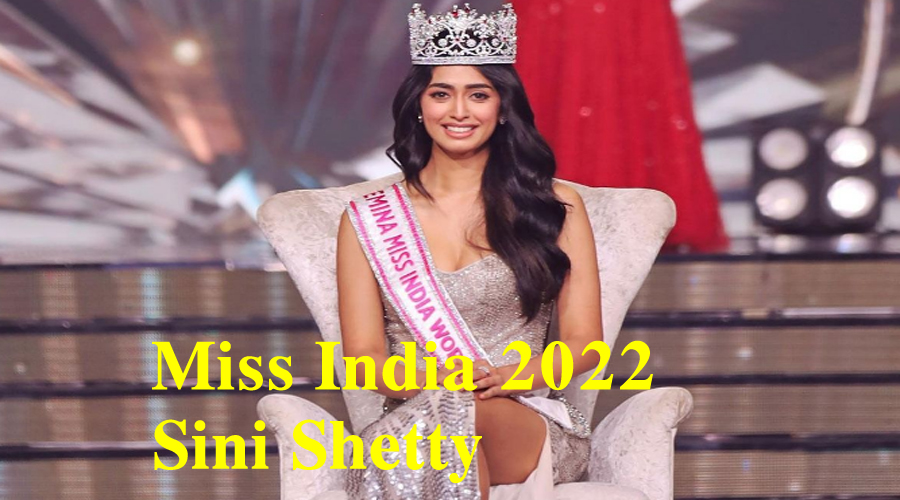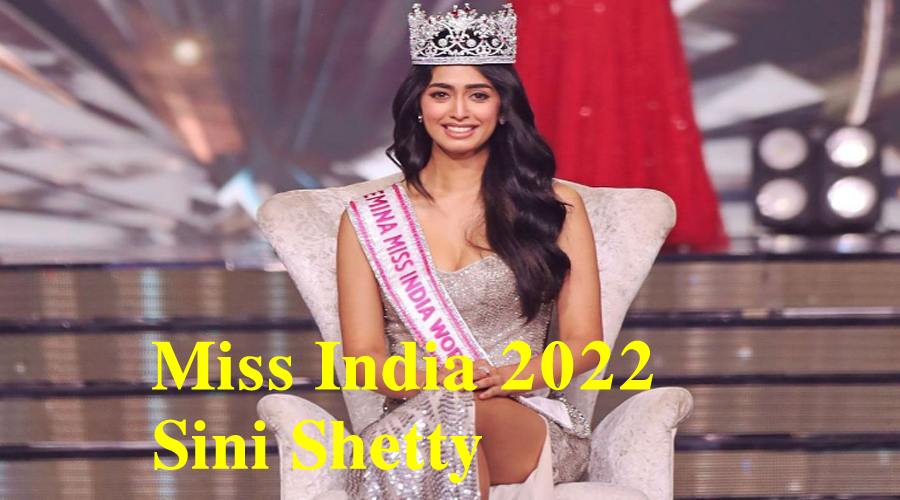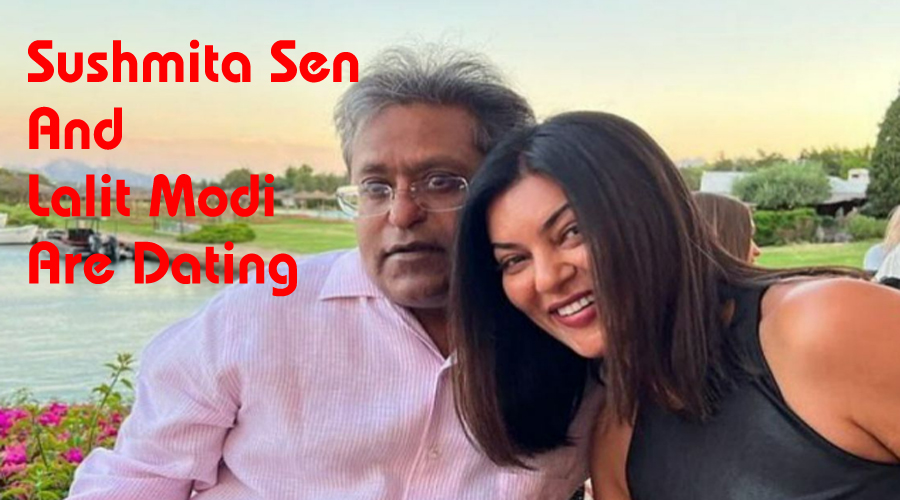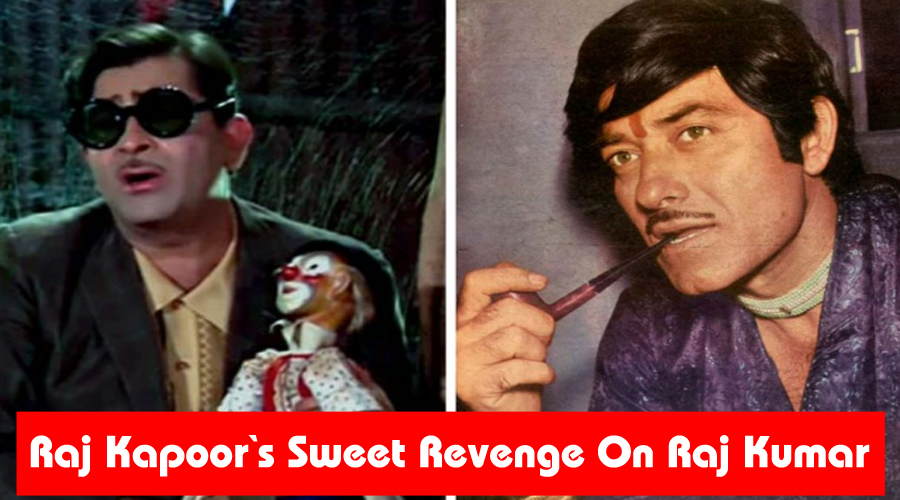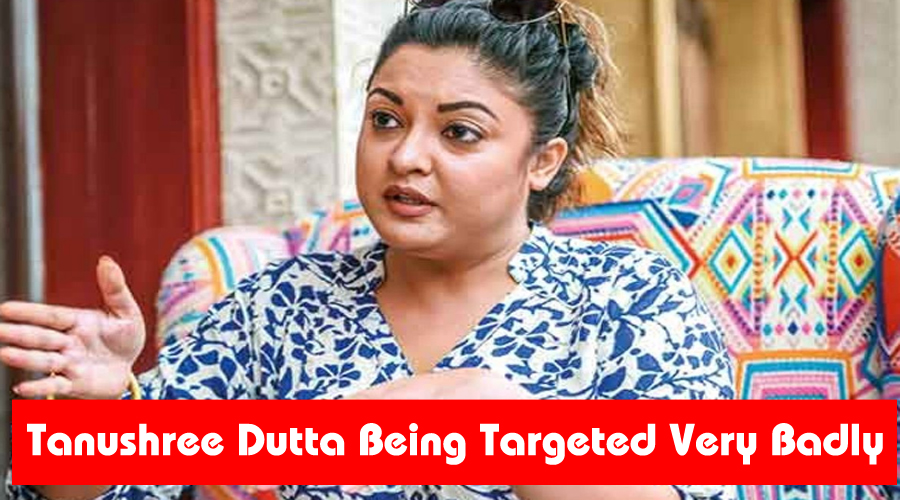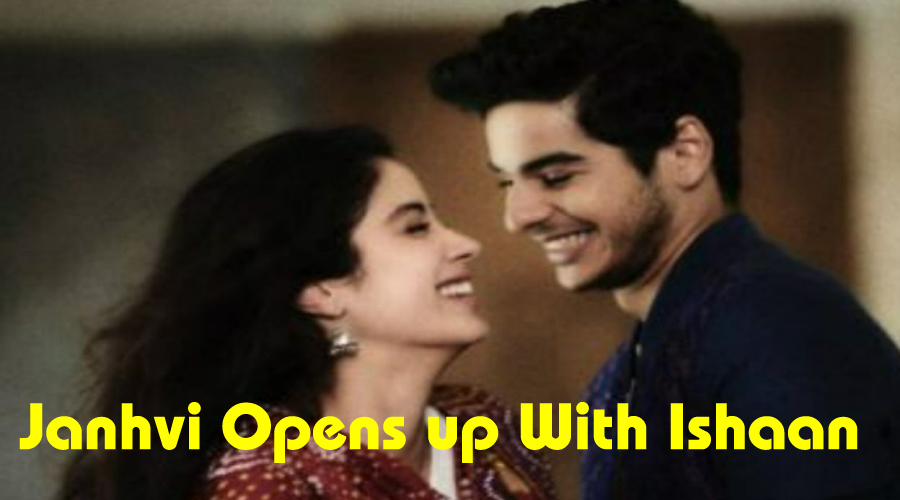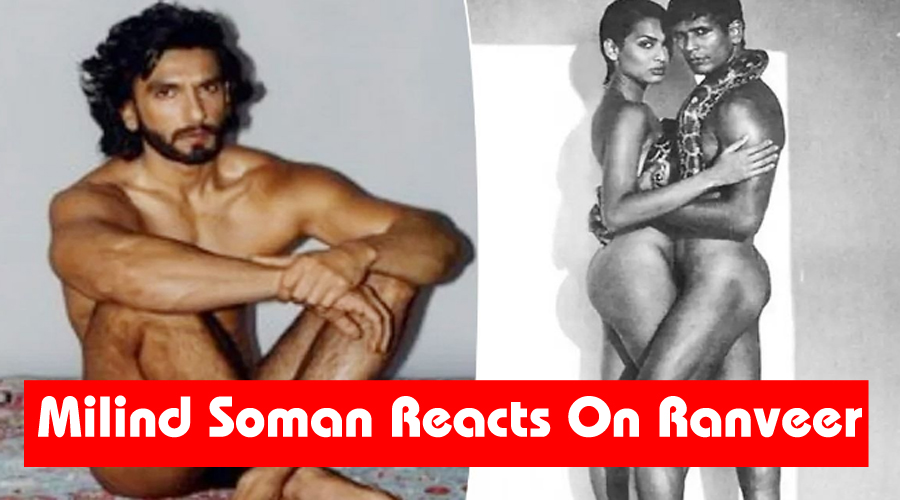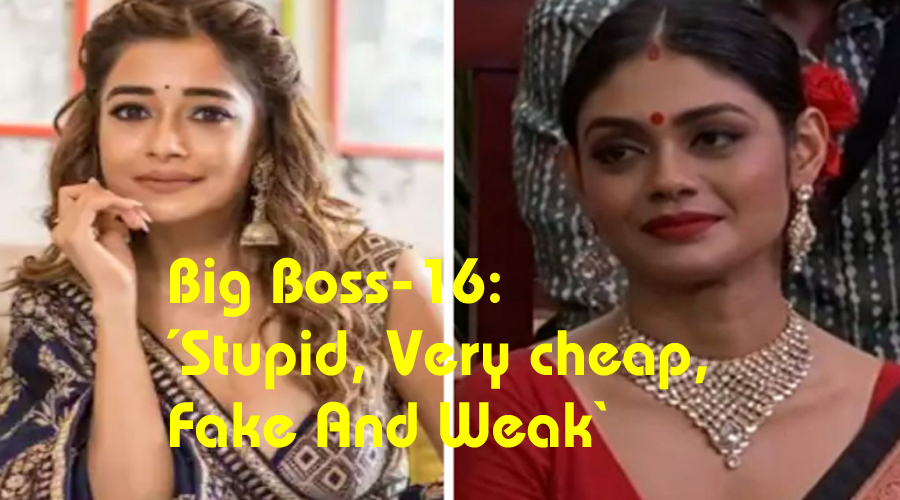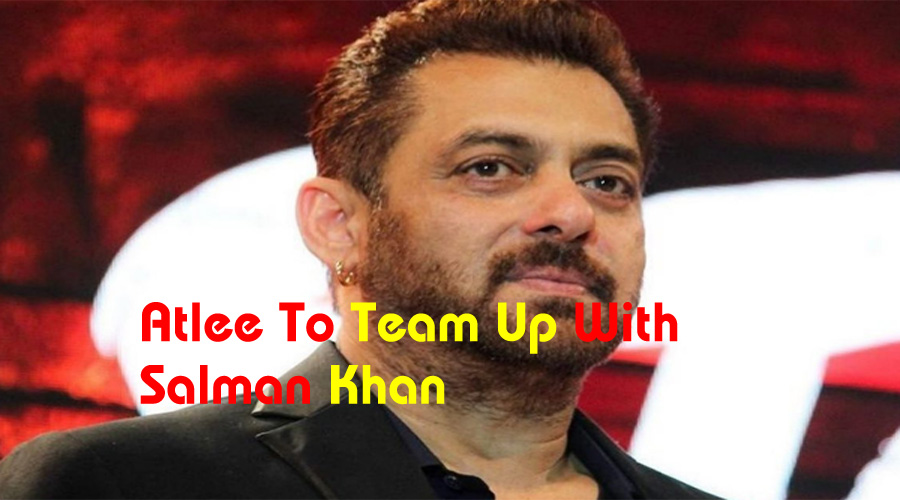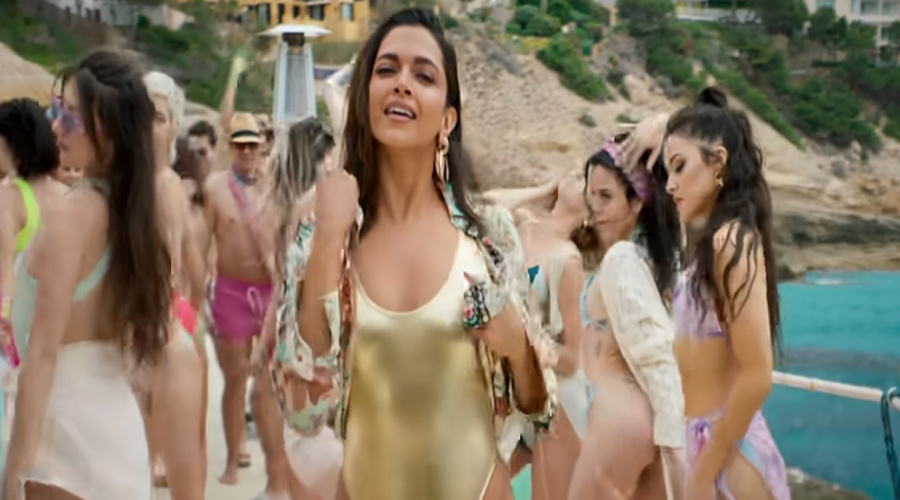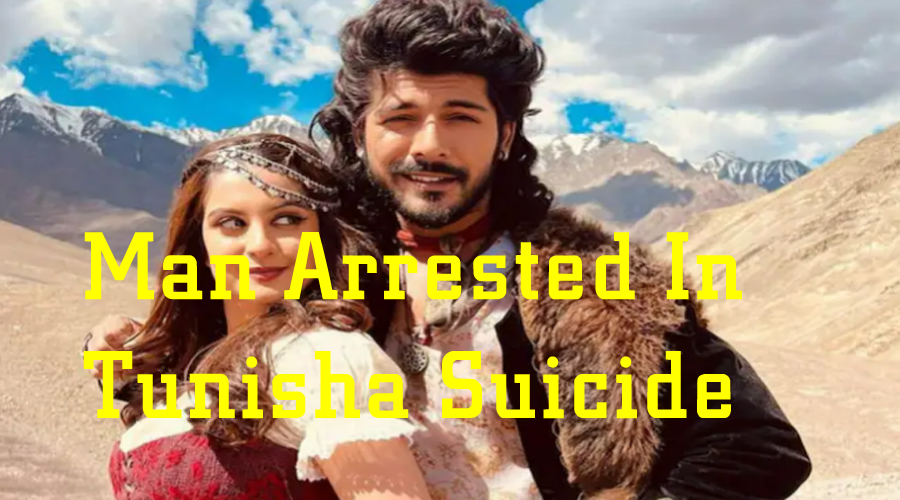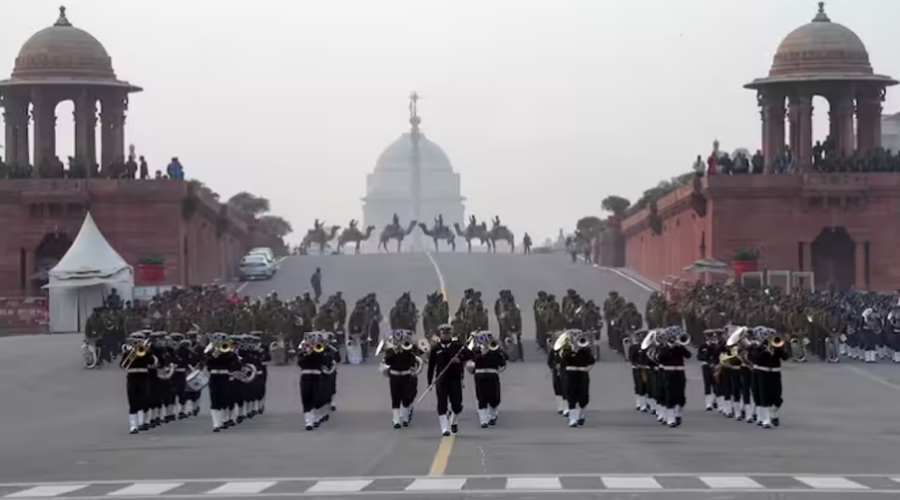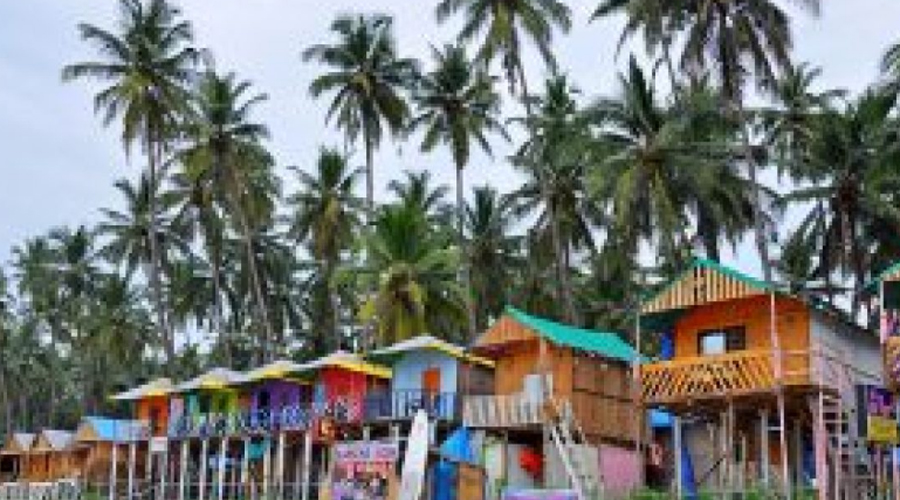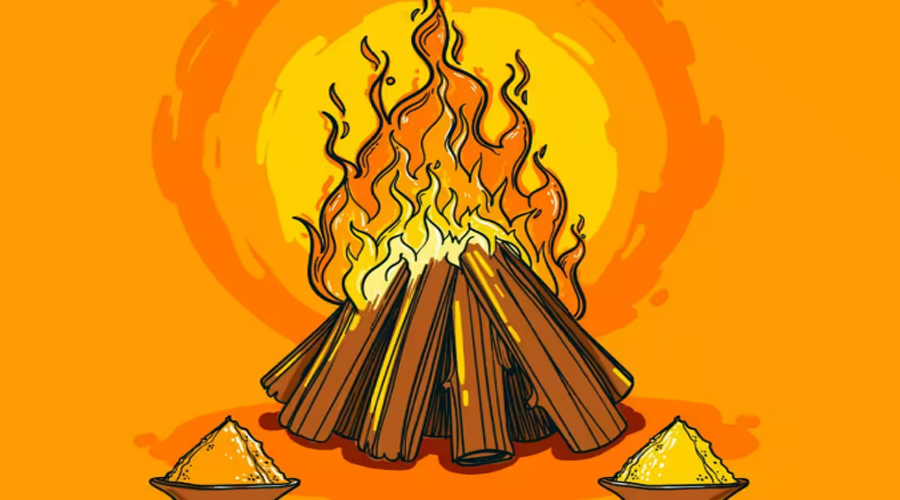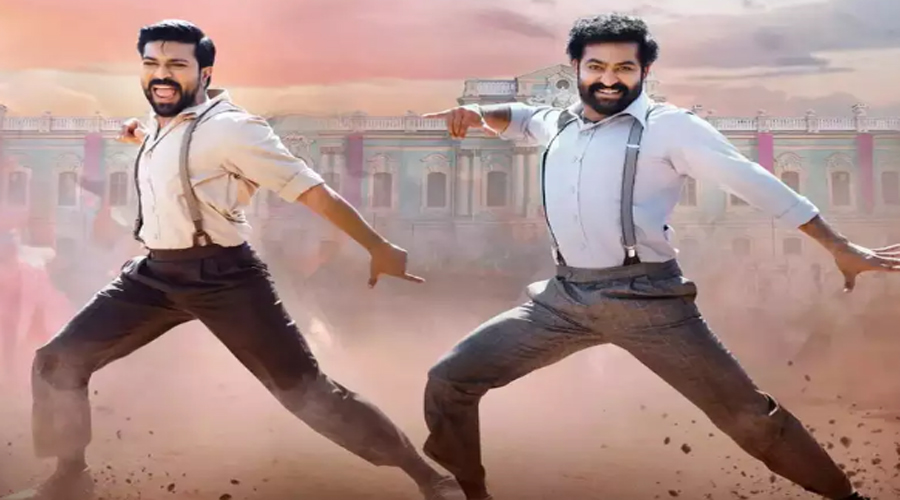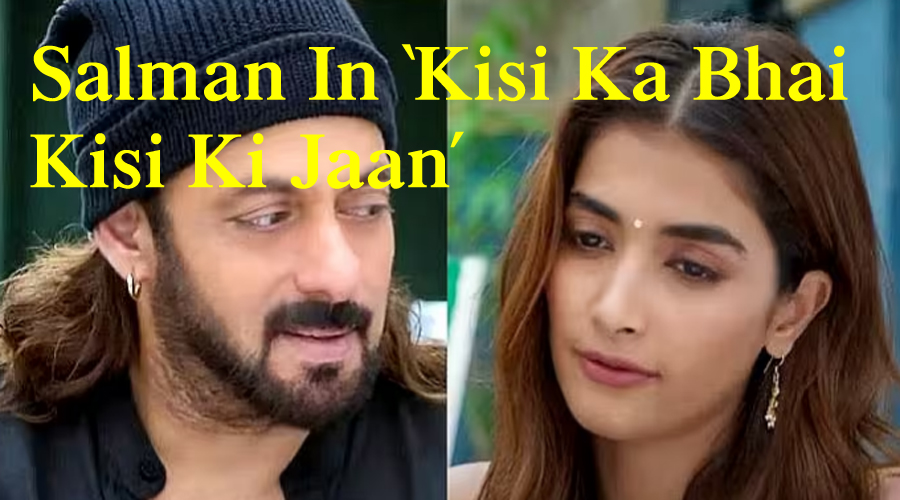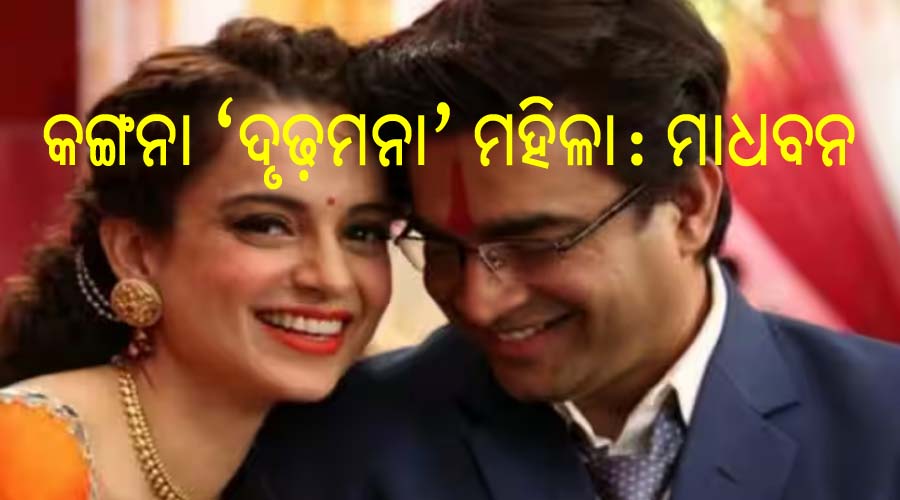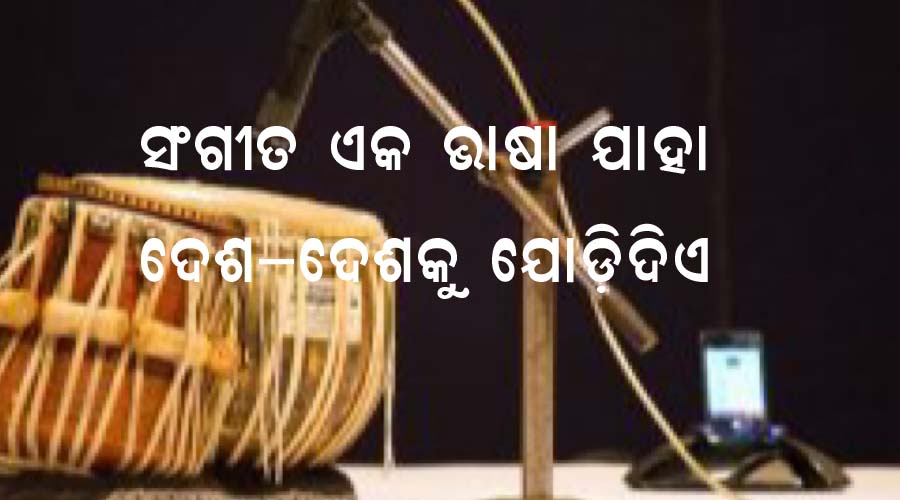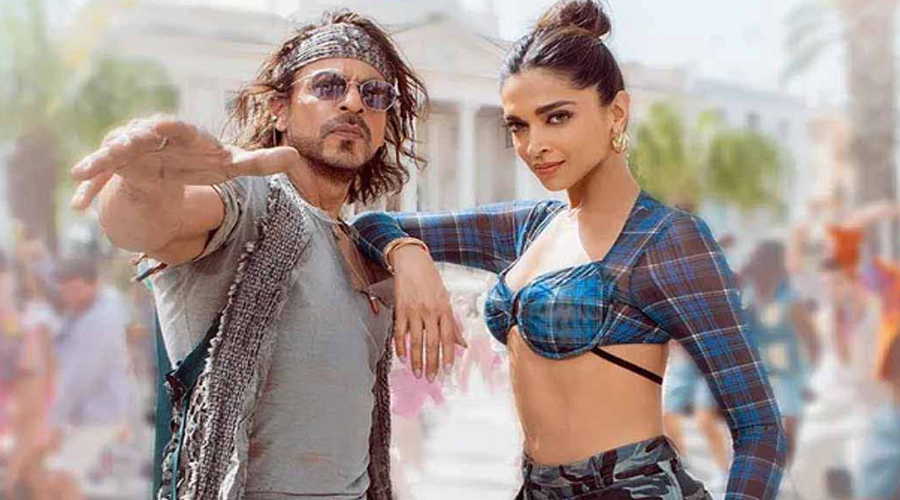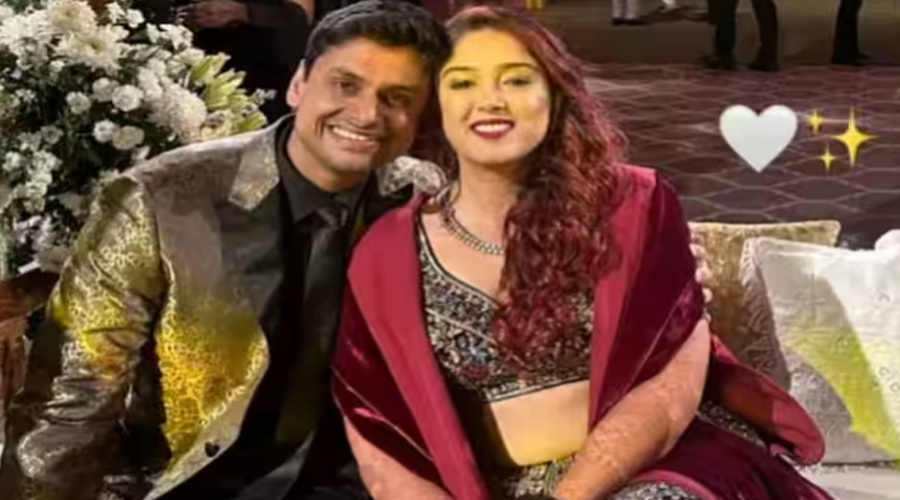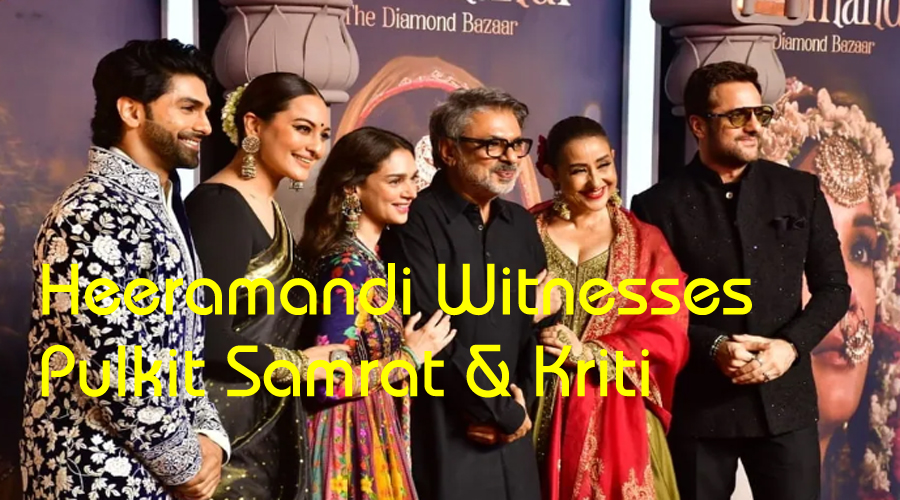Modi And 20 Strong State Leaders
- 06-Apr-2019
- Comments
India has about 20 strong state leaders, whose voters no national leader can take away. Even Modi & his oratory can’t swing a majority in more than 7 states.
If you give yourselves the gift of distance and an open mind, you might see the change in this new India. National parties, as we knew them, are in decline. The concept of the Great Pan-National Leader ended with Indira Gandhi. What about Narendra Modi?
Congress declining as a national party, you can understand. But how can the BJP not be called a national party?
The BJP’s 2014 majority tally of 282, for example, mostly came from UP, Bihar, Madhya Pradesh, Rajasthan, Chhattisgarh, Jharkhand, Haryana, Delhi, Himachal Pradesh and Uttarakhand (190). Of the rest, 49 came from the two western states, Maharashtra and Gujarat. This accounts for 239 seats out of 299 in these states, a strike rate of 80 per cent. From the rest of the country, which is the entire south (Karnataka, Kerala, Andhra, Telangana, Tamil Nadu), east (northeastern states, West Bengal, Odisha) and even including the far north, Jammu and Kashmir and Punjab, the party only won 43 out of 244, or just 17 per cent. Plot this on the map of India. This isn’t the footprint of a pan-national party. It is a 10-state party, which maxes out the seats there and gets a majority.
And pan-national leaders? Narendra Modi is the only one today with that claim. Everybody knows him. But can he get people to overwhelmingly vote for him in more than these 10 states? Even within these 10 states, in the most important ones, his challenge comes from local parties and leaders. He is now fighting a make-or-break battle in Uttar Pradesh with Mayawati and Akhilesh Yadav.
Bihar’s Lalu Prasad Yadav shared with Congress where Nitish Kumar hold BJP as a junior partner. In Punjab, the BJP is an adjunct of the Akali Dal; in Haryana, both the BJP and the Congress are searching for a local ally.
If BJP is a national party of 7-9 states, Congress has just six ( Madhya Pradesh, Rajasthan, Chhattisgarh, Kerala, Punjab and Karnataka). It is extinct in West Bengal, Odisha, Andhra, Telangana, UP and Bihar.
Congress is no longer even a one-third. Name a state, any one state, where Rahul Gandhi could swing this Lok Sabha election by himself.
The fact is, Indira Gandhi was the last truly national leader who could win in almost all states.
From just about 4 per cent in 1952-77, now regional/state parties’ vote share has risen to 34 per cent (2002-18). Today, with 34 per cent vote, these parties win 34 per cent of the Lok Sabha seats.
In undivided Andhra Pradesh, the Congress vote share was traditionally around 40 per cent. It has fallen to just under three in the new state. The BJP’s boasts of a coming boom in West Bengal and Odisha will be tested soon. But, barring Assam and Tripura, it has conquered no new frontiers, despite a Modi with a majority and an Amit Shah with his BJP membership of 10 crore.
India, today, has about 20 leaders so strong within a limited geography or political demography that no national leader, including Modi, can take their voters away. Most of them have acquired administrative and political experience, and networked across regions. They might have different concerns and ideologies, but are united on one point: Abomination of dominant national parties.
For three decades now, as Congress declined, India has been evolving into a truly federal republic, and the idea of a national election has been replaced by a sum of 30 state elections. As it should be, with no party dominating even a third of the states, and BJP plus Congress significant in less than a half.
One important factor is that in the states where the Congress and the BJP fight for domination, no true regional leader has grown. In Bihar and UP, Lalu, Nitish, Mayawati and Akhilesh are formidable leaders, but each has their limitations. The BJP either challenges them or compels them to share the turf with it. Of the major states, national parties still dominate Maharashtra, Gujarat, Madhya Pradesh and Rajasthan, and to some extent Karnataka, since they lack their own leaders.
The second reason is, of course, that national parties do not like to build strong state leaders. The Congress committed mass suicide in Andhra rather than let the obvious successor for its state satrap grow. It was so furious with his ambition, it didn’t even treat him with basic respect after his father’s death in a helicopter crash. It has only one state leader of consequence, Capt. Amarinder Singh. The BJP today has just none, may be a half, Yogi Adityanath. The three others, Shivraj Singh Chouhan, Vasundhara Raje and Raman Singh have been consigned to deep-freeze.
Indian politics, therefore, is at an interesting juncture with no truly pan-national leader or party, and yet, a declining insecurity over coalitions beyond the heartland. As 2014 demonstrated, you can still produce a counter-intuitive full-majority government if one party can sweep contiguous states containing upwards of 200 seats.
Don’t ask me who will lead the next coalition, because I do not know. All I can tell you is, irrespective of who leads the next government, it will be a cabinet in which Ram Vilas Paswan can also open his mouth.



